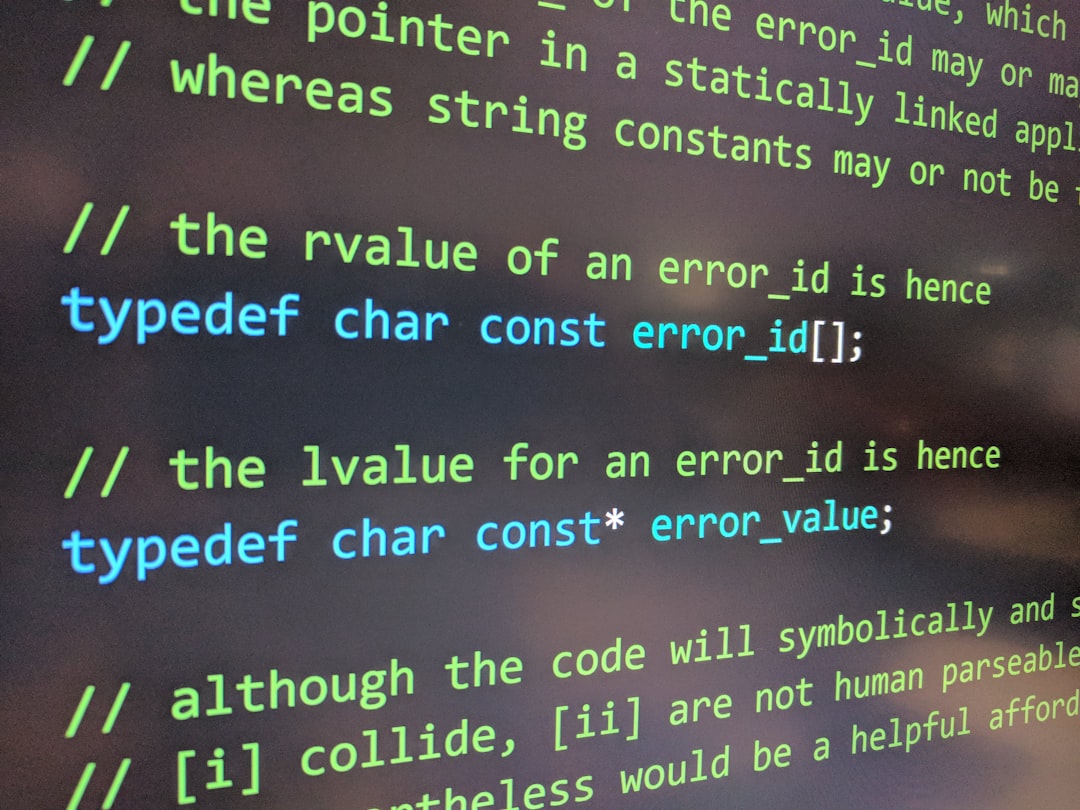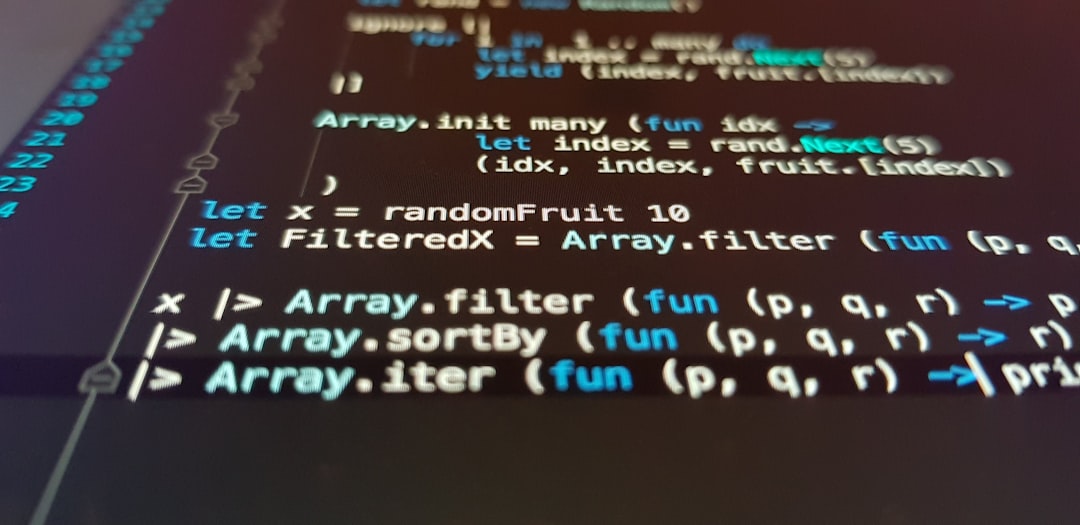In the rapidly evolving field of software development, staying updated with the latest tools and technologies is no longer optional—it’s a necessity. Artificial Intelligence (AI) is reshaping how developers write code, identify bugs, and deploy applications. As we move into 2025, a new wave of AI-powered tools is transforming the development workflow, enhancing productivity, and reducing human error. Here are five cutting-edge AI tools that every serious coder must explore this year.
1. CodeWhisper Pro 2025 – Next-Gen Code Autocompletion
Amazon’s CodeWhisperer has evolved. The 2025 Pro version stands out with its advanced contextual understanding of large codebases and multi-language support. It seamlessly integrates with major IDEs and now includes predictive error prevention, suggesting not just completion but optimized alternatives for better performance and security.
- Key Feature: Cross-language autocompletion with real-time performance assessment.
- Why You Should Try It: Saves time and increases code accuracy by understanding your project’s architecture.

2. DeepBug AI – Intelligent Bug Detection & Fix Recommendations
Bugs are a coder’s worst enemy. DeepBug AI uses advanced machine learning models trained on millions of open-source repositories to predict, detect, and help fix bugs before they even reach your test suite. It integrates with GitHub, GitLab, and Bitbucket, performing code reviews that rival even seasoned engineers.
- Key Feature: Context-aware bug suggestions with quick-fix code snippets.
- Why You Should Try It: Reduces debugging time by up to 40% with minimal false positives.
3. PromptCraft Studio – Smarter AI Prompt Engineering
As AI integration in coding becomes more widespread, developers are leveraging prompt engineering to interact programs effectively with LLMs (Large Language Models). PromptCraft Studio assists in crafting precise prompts, testing variations, and even auto-optimizing instructions based on desired outcomes.
- Key Feature: Real-time testing & feedback interface for AI-driven applications.
- Why You Should Try It: Helps build reliable AI features into your applications—fast.

4. ModelSmith – Low-Code AI Model Deployment
For developers not specialized in machine learning but needing AI capabilities in their apps, ModelSmith is a game-changer. This tool allows you to train, deploy, and manage ML models with minimal code—perfect for building smart features without leaving your development stack.
- Key Feature: One-click deployment to major cloud platforms (AWS, Azure, GCP).
- Why You Should Try It: Democratizes AI development by lowering the barrier to entry.
5. RefactorIQ – Automated Code Optimization Assistant
Finally, RefactorIQ is your AI-powered co-pilot for code optimization. Think of it as a virtual technical lead that constantly reviews your code for better structure, performance, and maintainability. It supports multiple languages and can even rewrite legacy code into modern syntax and frameworks.
- Key Feature: Context-driven refactoring suggestions across entire repositories.
- Why You Should Try It: Ensures you maintain clean, efficient codebase throughout the development lifecycle.

Conclusion
As AI continues to mature in 2025, its integration into coding practices will become ubiquitous. Each of the tools listed above offers a unique advantage, whether it’s enhancing productivity, reducing bugs, or accelerating deployment. For developers willing to adapt and evolve, these tools provide an opportunity to stay at the forefront of software innovation. Now is the time to experiment, adopt, and master these technologies to future-proof your development workflow.




